 Ankara, 16 Jumadil Awwal 1435/17 March 2014 (MINA) – Syria’s civil war is entering its fourth year this week having killed more than 100,000, forced millions to seek shelter abroad and left the country’s rich cultural heritage in serious peril, Anadolu Agency quoted by Mi’raj Islamic News Agency (MINA) as reporting.
Ankara, 16 Jumadil Awwal 1435/17 March 2014 (MINA) – Syria’s civil war is entering its fourth year this week having killed more than 100,000, forced millions to seek shelter abroad and left the country’s rich cultural heritage in serious peril, Anadolu Agency quoted by Mi’raj Islamic News Agency (MINA) as reporting. Syria is home to six UNESCO World Heritage sites but the considerable and in some cases irreversible damage suffered by the ancient cities of Aleppo, Bosra and Damascus; Crac des Chevaliers of Aleppo; the site of Palmyra; and the ancient villages of northern Syria, has led to the U.N. agency considering their heritage to be endangered.
Several historical mosques displaying some of the finest examples of Islamic architecture have been amongst the thousand mosques that have been destroyed or damaged since the beginning of the civil war in March 2011. One of the most tragic examples is the Great Mosque of Aleppo – also known as the Umayyad Mosque.
Its iconic minaret, which was constructed in 1090, withstood heavy shelling to stand tall for much of the war but was decimated by fighting in April 2013. The nearby medieval covered market and the eastern wall of the eighth century mosque, which was a crowning achievement of Umayyad-era Islamic art, also suffered extensive damage from attacks conducted by regime forces.
The mosque’s architecture is not all that has been hidden amongst rubble; it purportedly hosted the tomb of the prophet Zechariah, a box containing a part of the prophet Muhammad’s beard and a number of culturally significant handwritten manuscripts and Qurans.
In the town of Daraa, the seventh century Al-Omari mosque constructed by the second caliph of Islam Omar ibn Al-Khattab, has been reduced to a pile of rubble. In August 2012, an air strike on Syria’s famed Crac des Chevaliers castle meant one of the fortress’s towers suffered a similar fate. Among the best-preserved examples of Crusader castles, it also includes the Qal’at Salah El-Din (Fortress of Saladin), whose walls also suffered serious damage.
Looting has also become a problem. A lack of authority in the country left museums and historical monuments throughout the country vulnerable, including the Khalid ibn al-Walid mosque in western city Homs.
UNESCO reported in October 2013 that a warehouse containing artefacts from the Heraqla archaeological site, located near the city of Raqqa, was looted by an armed group, with hundreds of objects of cultural significance stolen.
Among the museums that have been looted are the Raqqa Museum, the Citadel of Jaabar, the Museum of Hama, the Museum of Folklore in Aleppo and the Maarrat Museum.
UNESCO also reported that numerous archaeological sites in Syria have been systematically targeted for illegal excavations by well-organized and often armed groups, including some from outside Syria.
The organization warned that the cultural objects, which make a profitable trade for dealers operating both locally and abroad, were being offered to the international art market.
Illegal excavations during the conflict included looting in Palmyra, which is also a UNESCO World Heritage site.(T/P08/E01)
Mi’raj Islamic News Agency (MINA)






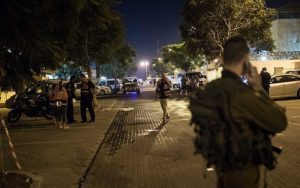
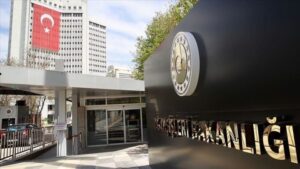
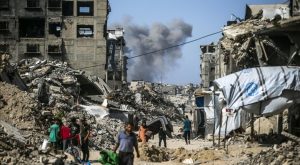
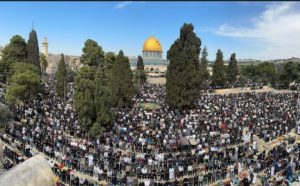
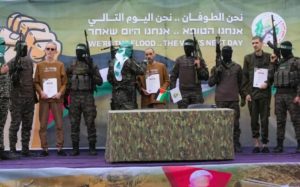
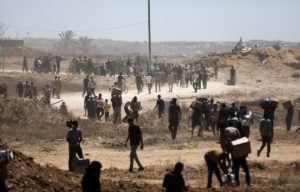





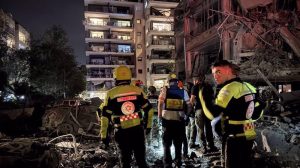

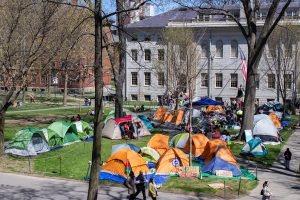
![MUI Chairman for Foreign Relations and International Cooperation, Sudarnoto Abdul Hakim (center) at the One Million Women for Gaza Press Conference entitled "Women Boycott Pro-Israel Products" held at the Swiss-Belinn Cawang Hotel, East Jakarta, Thursday (3/7/2025). [Photo: Arina/MINA]](https://en.minanews.net/wp-content/uploads/2025/07/20250703_144042-scaled-1-300x225.jpg)
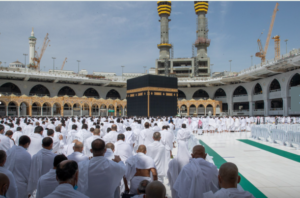




 Mina Indonesia
Mina Indonesia Mina Arabic
Mina Arabic